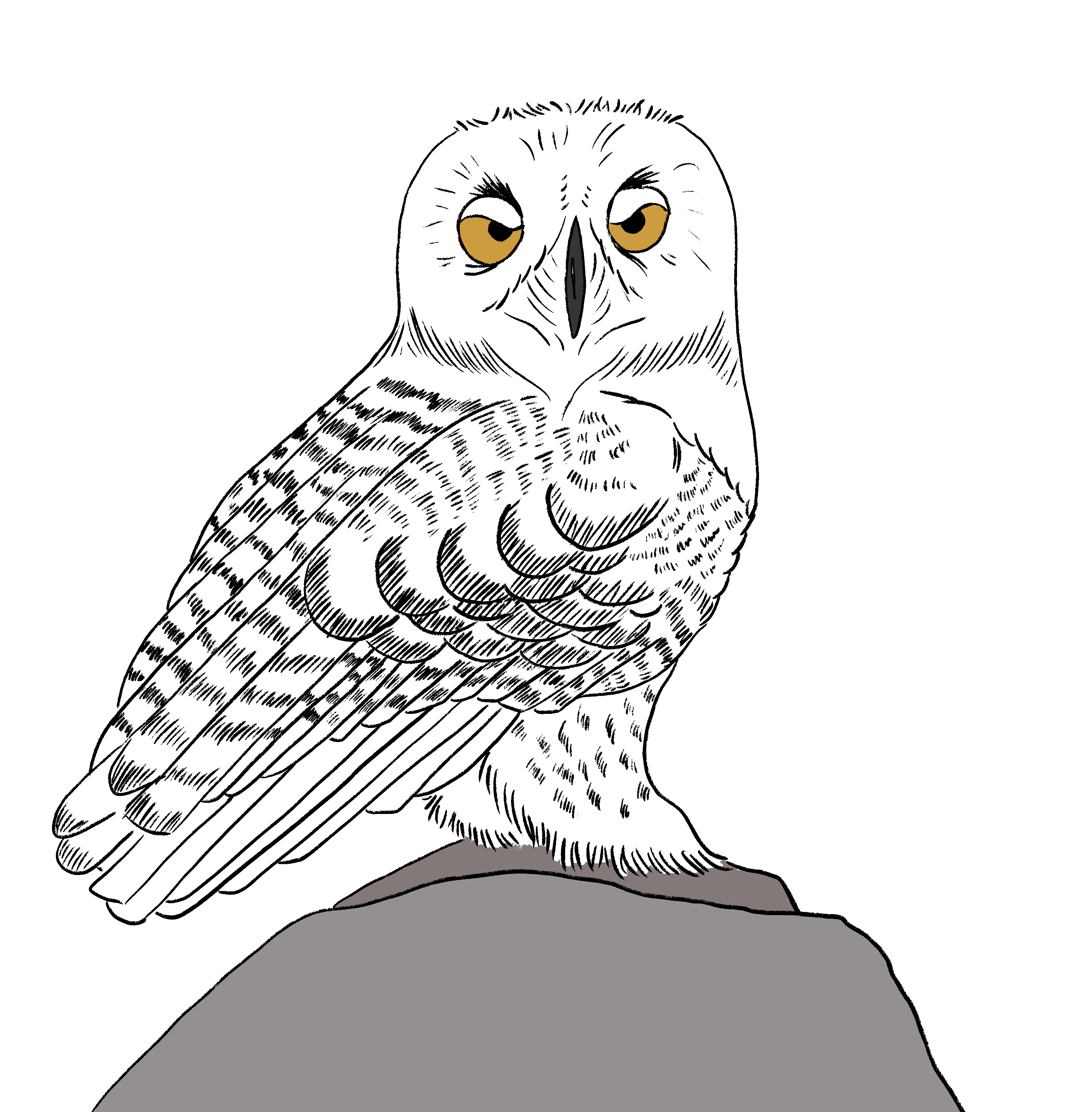
Things you don’t think about that are reflections of your brand (hint: some of these are in your docs) - by Gwynne Monahan
By Gwynne Monahan on Writing docs from December 9, 2020
Websites, email campaigns, and social media profiles, even ads and mailers, are areas that represent your company’s brand. Makes perfect sense. Anyone looking for your product may do a Google search and land on your website, follow you on social media, even see an ad for your product on Facebook. Did you know that other content, like your release notes and job descriptions, can also be used to further amplify your brand?
Let’s take a closer look at two examples: Slack and Monday.com.
Release notes and changelogs by Slack

Slack became famous in its own right, but it got special attention from a niche area of the tech sector when people started writing about its release notes.
Slack took a different approach to its release notes by considering them another touch point and a way to amplify its brand. When you read them, you notice that the language is as playful as the language on their website, and in the app itself. The playfulness makes the release notes fun to read, just like how using Slack can be fun, even when there isn’t that much to discuss.
Slack's changelog doesn't carry quite the same level of playfulness as its release notes, but it's still there. It's clear Slack steers its changelog to a different audience than its release notes, providing exactly what has changed in short sentences so that those who administer Slack across organizations can update or change what they need to quickly, without having to wade through extraneous copy.
Careers and job listings on Monday.com
Monday.com's tagline is "One platform, better team." Its site is peppered with short phrases, and head shots in both direct and subtle ways. Almost every screen shot, for example, that showcases its product includes head shots. By head shots I mean head shots of people, profile pictures, not empty or blank squares where an image should be. That is an important branding detail. You are not an imageless, and thus nameless, being to Monday.com. You are a person who interacts with other people as well as the platform.

This carries over to Monday.com's Careers page, and its job descriptions.

Each role has a head shot next to it, and goes a step further by including an icon that relates to the location of the position. It's quite clever when you think about it, and indicative of the “show, not tell” mantra. Using headshots is showing that Monday.com thinks of its employees as people, and by extension, you.
Its job descriptions are much like the copy throughout its website: to the point. In a few sentences, you learn what the role is, and then two bullet point lists tell you about the role, the expected experience and skills.
Final thoughts
Job listings, release notes, and changelogs, just like your website, email campaigns, and social media presence, are all a reflection of your brand. This doesn’t mean you have to overhaul everything. Rather, look for ways to incorporate your branding into job listings, release notes, and changelogs. Maybe it’s as simple as adding some icons or graphics, or changing a few sentences.
People want to work at your company, and your Careers page and job listings are the perfect way to make applicants feel welcome.
Consumers, developers, and many others skim over release notes and changelogs, then forget until the next update. Find ways to make your release notes and changelogs memorable, sticky, like your product.


Writing docs
(253)

General posts useful to all documentarians about writing documentation, editing and publishing workflows, and more.


Feature spotlight
(15)

Your flight plan for how to get the most out of KnowledgeOwl features and integrate them into your workflows.


Announcements
(21)

Major KnowledgeOwl company announcements.


Customer stories
(9)

Learn how others are using KnowledgeOwl & get pro tips on how to make the most of KO!


Company culture
(40)

Find out more about who we are and what we value.


Support
(75)

We believe good support is the foundation of good business. Learn about support tools and methodology.


Tools
(64)

Learn more about tools to solve various documentarian issues, within and beyond KnowledgeOwl.


All
(384)

Not sure what category you need? Browse all the posts on our blog.

Got an idea for a post you'd like to read...or write?
We're always looking for guest bloggers.
Learn moreStart building your knowledge base today
- 30 days free (and easy to extend!)
- No credit card required
- Affordable, transparent pricing
- No cost for readers, only authors
Want to see it in action?
Watch a 5-minute video and schedule time to speak with one of our owls.


